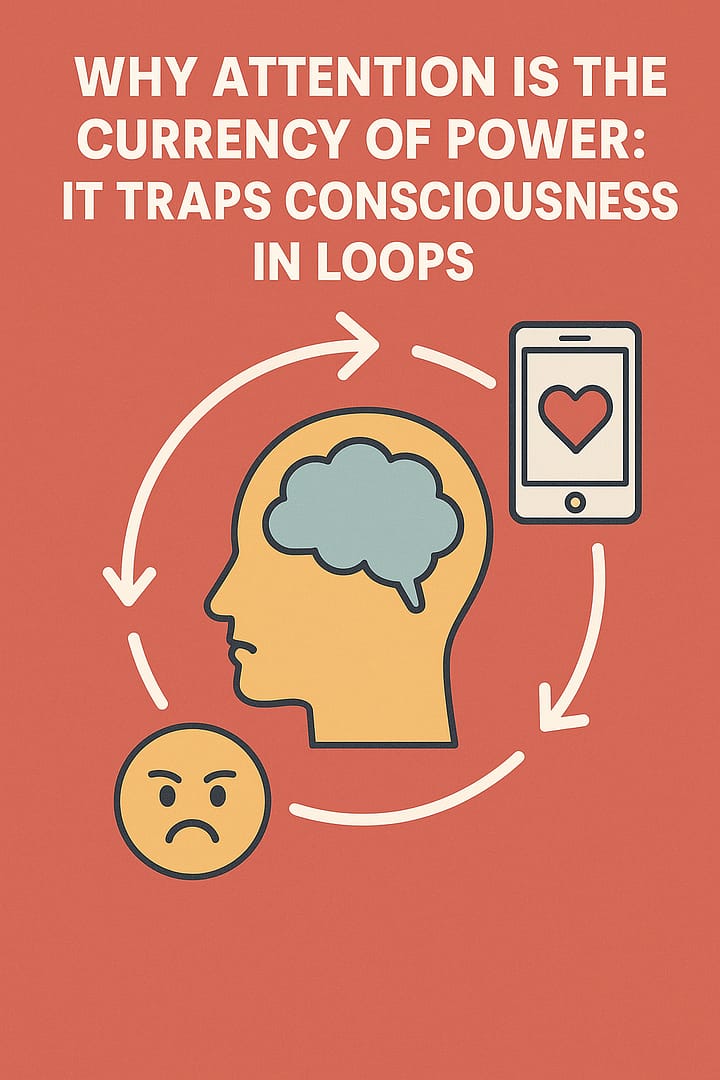The Future of Human-Machine Interaction
Brain-Computer Interfaces (BCIs) are emerging technologies that enable direct communication between the human brain and a computer or other device. BCIs can translate brain signals into commands that can control external devices, such as prosthetic limbs or computers, or they can provide feedback to the user about their own brain activity.
The potential applications of BCIs are vast and exciting. For people with disabilities, BCIs can provide a means of restoring lost sensory or motor function, improving their quality of life. For healthy individuals, BCIs can enhance cognitive abilities, such as memory or attention, or provide new ways of interacting with the world around them.
How do BCIs work?
BCIs work by detecting and interpreting patterns of electrical activity in the brain, known as brainwaves, using a combination of sensors and machine learning algorithms. The sensors can be placed directly on the scalp, as in the case of electroencephalography (EEG), or implanted directly into the brain, as in the case of intracortical electrodes.
Once the brain signals are detected, machine learning algorithms are used to decode the signals and translate them into meaningful commands or feedback. These commands can be used to control external devices, such as a robotic arm or a computer cursor, or to provide feedback to the user about their own brain activity, such as in neurofeedback.
Applications of BCIs
BCIs have a wide range of potential applications, including:
Restoring lost sensory or motor function
BCIs can be used to control prosthetic limbs, allowing people with disabilities to regain lost motor function. BCIs can also be used to restore lost sensory function, such as hearing or vision, by bypassing damaged or non-functioning sensory organs.
Enhancing cognitive abilities
BCIs can be used to enhance cognitive abilities, such as memory or attention, by providing real-time feedback on brain activity. This feedback can help individuals learn to regulate their brain activity and improve their cognitive performance.
Improving communication
BCIs can provide a means of communication for people with severe communication disorders, such as locked-in syndrome, who are unable to speak or move. BCIs can also enable people to communicate using their thoughts, without the need for speech or typing.
Personalized medicine
BCIs can provide insights into the neural and genetic factors that contribute to disease, enabling more targeted and effective treatments. For example, BCIs can be used to identify biomarkers of neurological disorders, such as Parkinson’s disease, and develop more effective treatments.
Challenges and Future Directions
While the potential of BCIs is vast, there are still many challenges to overcome. One major challenge is the development of more reliable and accurate sensing and decoding technologies. Current BCIs are limited by their reliance on EEG or invasive brain implants, which have limited spatial resolution and are prone to noise and signal interference.
Another challenge is the development of more robust and adaptive machine learning algorithms that can handle individual differences in brain function and adapt to changes in brain activity over time. This will require large-scale data collection and analysis, as well as collaboration between neuroscientists and computer scientists.
Despite these challenges, the future of BCIs is bright. As technology continues to advance, we can expect to see more sophisticated and effective BCIs that can enhance our cognitive abilities, restore lost function, and improve our quality of life. With continued research and development, BCIs have the potential to revolutionize the way we interact with technology and each other, opening up new possibilities for human-machine interaction.
One exciting area of research in BCIs is the development of closed-loop systems, where the BCI can adapt to changes in the user’s brain activity in real-time. For example, a closed-loop BCI for epilepsy could detect the onset of a seizure and deliver a targeted electrical stimulation to prevent it from happening.
Another area of research is the integration of BCIs with virtual reality (VR) and augmented reality (AR) technologies. BCIs can provide a more natural and intuitive way of interacting with virtual environments, allowing for more immersive and realistic experiences.
BCIs also have the potential to transform the field of education. By providing real-time feedback on brain activity, BCIs can help students learn to regulate their cognitive processes and improve their academic performance. BCIs can also be used to develop new methods of assessment that are more objective and reliable than traditional methods.
Despite the many potential benefits of BCIs, there are also concerns about their ethical and social implications. For example, there are concerns about privacy and data security, as BCIs involve the collection and transmission of sensitive personal information. There are also concerns about the potential for BCIs to be used for surveillance or mind control.
To address these concerns, it will be important for researchers and policymakers to engage in open and transparent discussions about the development and use of BCIs. This will require collaboration between experts from a variety of fields, including neuroscience, computer science, ethics, and law.
BCIs represent a promising new frontier in human-machine interaction, with the potential to transform the way we interact with technology and each other. While there are still many challenges to overcome, continued research and development in this field hold the promise of new and exciting possibilities for the future.
Summary of BCIs in a table
| Brain-Computer Interfaces (BCIs) |
| Emerging technology that enables direct communication between the human brain and a computer or other device. |
| Detects and interprets patterns of electrical activity in the brain using sensors and machine learning algorithms. |
| Potential applications include restoring lost sensory or motor function, enhancing cognitive abilities, improving communication, and personalized medicine. |
| Challenges include the development of more reliable sensing and decoding technologies and more robust and adaptive machine learning algorithms. |
| Future directions include closed-loop systems, integration with VR and AR technologies, and applications in education. |
| Ethical and social concerns include privacy, data security, surveillance, and mind control. |
| Continued research and development in this field hold the promise of new and exciting possibilities for the future. |
Actual examples of BCIs that are currently in use or being developed
Some examples of BCIs that are currently in use or being developed
Restoring lost motor function
BrainGate is a BCI system that uses implanted electrodes to allow people with spinal cord injuries or other conditions to control prosthetic limbs with their thoughts. The system has been successfully tested in clinical trials, and several patients have been able to perform complex tasks with their prosthetic limbs.
Enhancing cognitive abilities
The Neuroscape lab at the University of California, San Francisco is developing BCIs that can improve attention, memory, and other cognitive abilities. The lab has developed a game called “Glass Brain” that uses EEG to provide real-time feedback on brain activity and train users to regulate their attention and focus.
Improving communication
The BrainGate team is also developing BCIs that can enable people with severe communication disorders to communicate using their thoughts. In a recent clinical trial, a woman with ALS was able to type out sentences using the BrainGate system.
Personalized medicine
Researchers at the University of Helsinki are developing BCIs that can detect biomarkers of neurological disorders, such as Parkinson’s disease, and provide real-time feedback to patients to help them manage their symptoms. The system uses EEG and machine learning algorithms to detect patterns of brain activity that are indicative of the disease.
Education
Researchers at Carnegie Mellon University are developing BCIs that can enhance learning and memory in children. The system uses EEG to provide real-time feedback on brain activity and train children to regulate their cognitive processes.
BCIs have the potential to transform many areas of our lives, from healthcare to education to entertainment. While there are still many challenges to overcome, these examples show that BCIs are already making a difference in the lives of people with disabilities and have the potential to improve the lives of many more in the future.

Text with help of openAI’s ChatGPT Laguage Models & Fleeky – Images with help of Picsart & MIB
Thank you for questions, shares and comments!
Share your thoughts or questions in the comments below!






